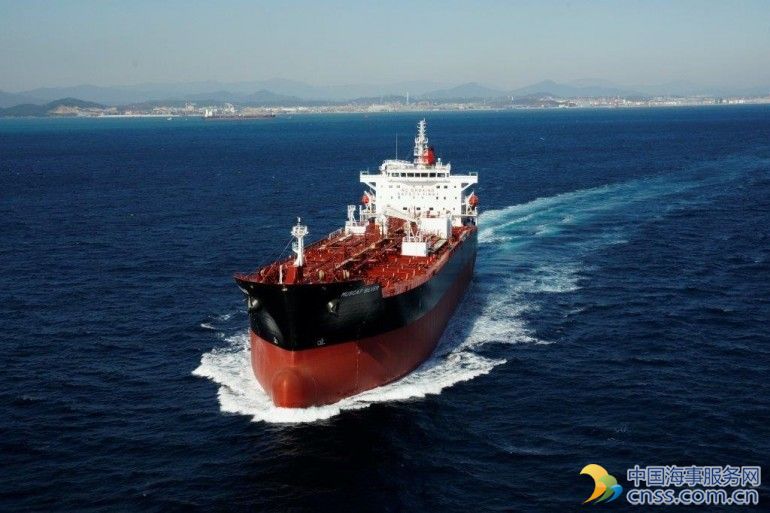Asian trades boost product tanker employment

Erik Broekhuizen from Poten & Partners identifies growing demand for refined products within Asia-Pacific.
Asia Pacific has become an increasingly important player in the international product tanker trades and this trend is expected to continue as non-OECD economies in the region are maturing and sophisticated players start trading more refined products within the region.
Asian refining capacity continues to grow and while most of the expansion remains geared towards satisfying domestic demand, Asian companies are increasingly well positioned to both import and export product. These trades are taking place within the region as well as between the Pacific and the Atlantic Basin.
Historically, Asian refining capacity has grown in lock-step with product demand in many countries in the region, with a few notable exceptions. In the 1990s South Korea’s refining capacity expanded well beyond domestic demand and excess product was exported worldwide. Korean companies built sophisticated refineries that could produce a wide variety of products and over time the Korean companies started trading product. This established the Korean peninsula as a very important player in the Asian product trades since it both imports and exports significant volumes of clean petroleum products.
Due to its strategic location between the Indian and Pacific Oceans and near the Straits of Malacca, Singapore established itself as the largest player in the Asian refined product market (see chart). While domestic consumption is modest due to the country’s small population and geographical area, Singapore is home to three large refineries with a total crude refining capacity of 1.5m barrels per day (b/d). As a result, Singapore imports as well as exports large volumes of refined products and is the world’s largest consumer of bunker fuel oil.
The third largest player in the Asian refined product trades is India. Unlike South Korea and Singapore, which are both significant importers and exporters of product, India is predominantly an exporter. In the period since 2010, India has built a number of large, sophisticated export oriented refineries. Companies like Essar and Reliance now sell petroleum products worldwide, both within Asia-Pacific as well as in areas as far afield as Europe and the United States. Significant additional refining capacity is expected to come online in India over the next five years. While domestic demand is expected to grow rapidly, it is likely that some of the new capacity will be used for additional product exports.
Several other Asian countries are also net exporters of refined products (i.e. they export more product than they import). The most significant of these is China. While China has been a net exporter of clean petroleum products for several years already, it could become a more significant player in the product trades in the future as the country continues to rapidly expand its refining industry. At the same time, demand growth for refined products is slowing down as the Chinese economy matures and the focus switches from heavy industry and the construction sector to sustainable growth targeting energy efficiency and lower pollution.
In addition to countries that are large product traders and and/or net exporters, there remain a number countries in Asia that are net importers of refined petroleum products. Countries like Japan and Indonesia have been importing clean products for many years, mainly gasoline in the case of Indonesia and predominantly naphtha in the case of Japan. Another example is Australia. Australia has gradually increased its imports over the years as domestic refining capacity is closing down.
Overall, clean product trades in Asia have grown in leaps and bounds and this is expected to continue. New refineries and capacity expansions in China and India will likely add to future product flows, while countries like Singapore and South Korea will maintain their position in the product trades.
All product tankers, from the smaller handysize and medium range (MR) tankers all the way up to the large long range (LR1 and LR2) carriers, are benefitting from these developments in the Pacific Basin.
HEADLINES
- Do shipping markets want Biden or Trump for the win?
- All 18 crew safe after fire on Japanese-owned tanker off Singapore
- Singapore launching $44m co-investment initiative for maritime tech start-ups
- Cosco debuts Global Shipping Industry Chain Cooperation Initiative
- US warns of more shipping sanctions
- China continues seaport consolidation as Dalian offer goes unconditional